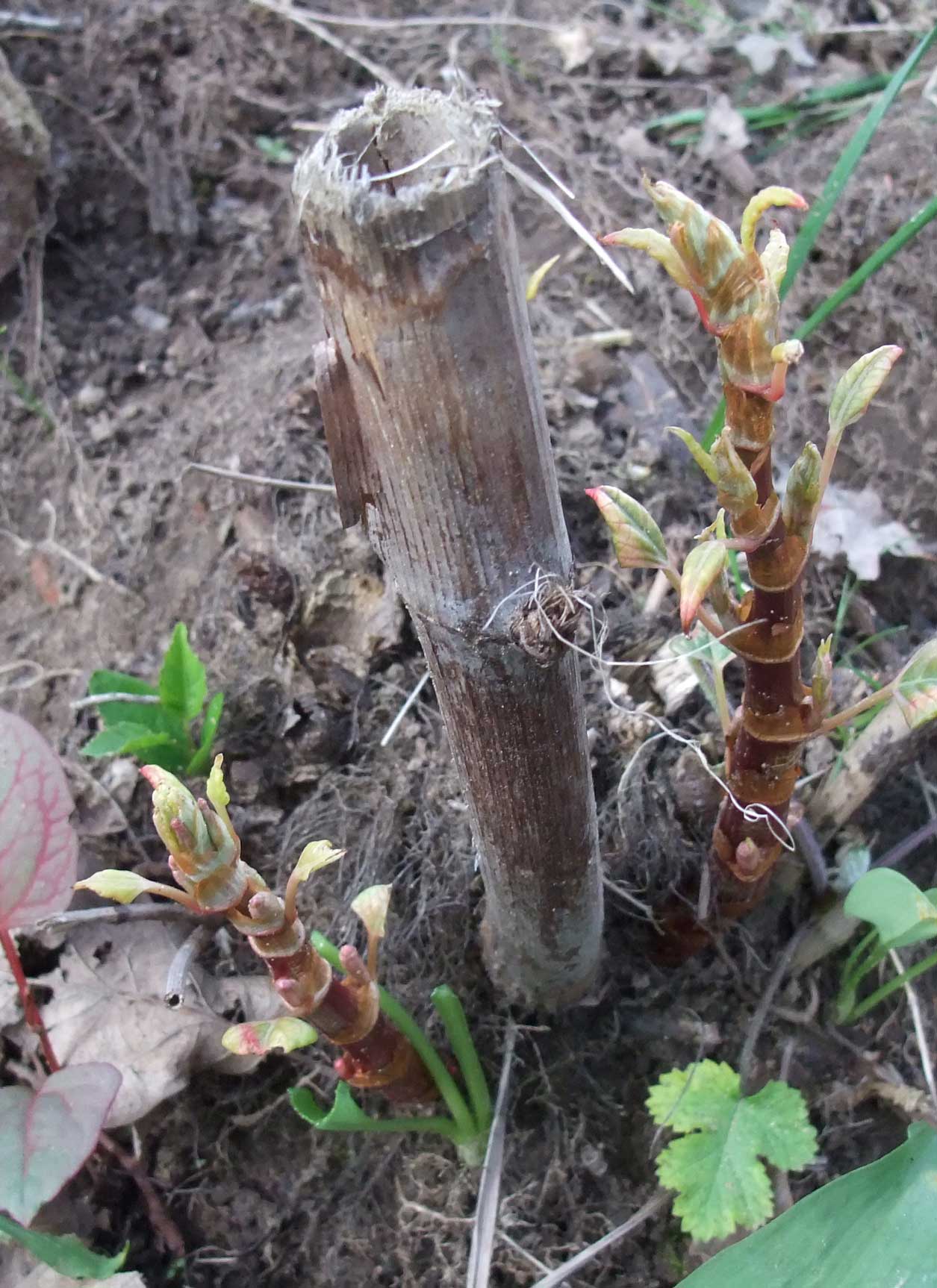Invasive non-native species (INNS) are organisms that have been introduced to a new ecosystem outside of their natural range. They cause harm to both the natural environment and economy by outcompeting native species, altering food webs, reducing biodiversity, and damaging infrastructure and water supply systems. Preventing the introduction of INNS is the most effective and efficient way to protecting our ecosystems from this damage. Biosecurity measures, such as the check-clean-dry method can be a simple way of preventing the introduction of INNS into the Esk and Coastal Streams catchment. See our biosecurity protocol here to learn more.
Invasive plants in the Esk
Unfortunately, invasive plants have been introduced into the Esk & Coastal Streams catchment that take time and money to control. Invasive Japanese knotweed and Himalayan balsam both have significant impacts on the Esk’s natural plant communities by outcompeting and displacing native species, reducing biodiversity, and altering ecosystem functions. Our annual control programme aims to limit their spread and reduce their coverage.


American signal crayfish
Devastatingly, American signal crayfish (ASC) have been introduced to the lower catchment of the Esk. This invasive species is particularly destructive and very challenging to eradicate. Once established, ASC predate on all aquatic life, destroy riverbanks through burrowing behaviour, and cause large degrees of siltation, ruining the freshwater environment. This can shift the natural balance of freshwater life, disrupt whole food chains, and threaten sensitive species such as the freshwater pearl mussel and Atlantic salmon.
Biosecurity measures are crucial for preventing their further spread throughout the mid- and upper catchment, especially as this is where our precious mussel beds reside. Do your bit towards protecting the Esk catchment by following our biosecurity protocol.
Controlling the crayfish
Working together with the Environment Agency, Yorkshire Water and the Yorkshire Wildlife Trust, we are attempting to prevent their further spread through engagement and awareness raising, as well as promoting biosecurity measures. As mentioned, American signal crayfish are extremely difficult to eliminate once introduced, and every effort therefore goes into preventing their further spread.
The Environment Agency have undertaken extensive surveys to understand their current location, including mechanical searching and eDNA surveys to map their extent. The Esk & Coastal Streams Partnership has worked together to run a Crayfish Workshop, inviting key stakeholders such as estate managers, angling clubs and boating clubs, who use the river regularly. The workshop aimed to raise awareness surrounding the impact of ASC, disseminate information regarding their control, as well as offer biosecurity advice and tools. The National Park plan to install numerous signs across the catchment, to warn of the presence of ASC, offer advice on what do if a crayfish is found, and to advocate the check-clean-dry method of biosecurity.
